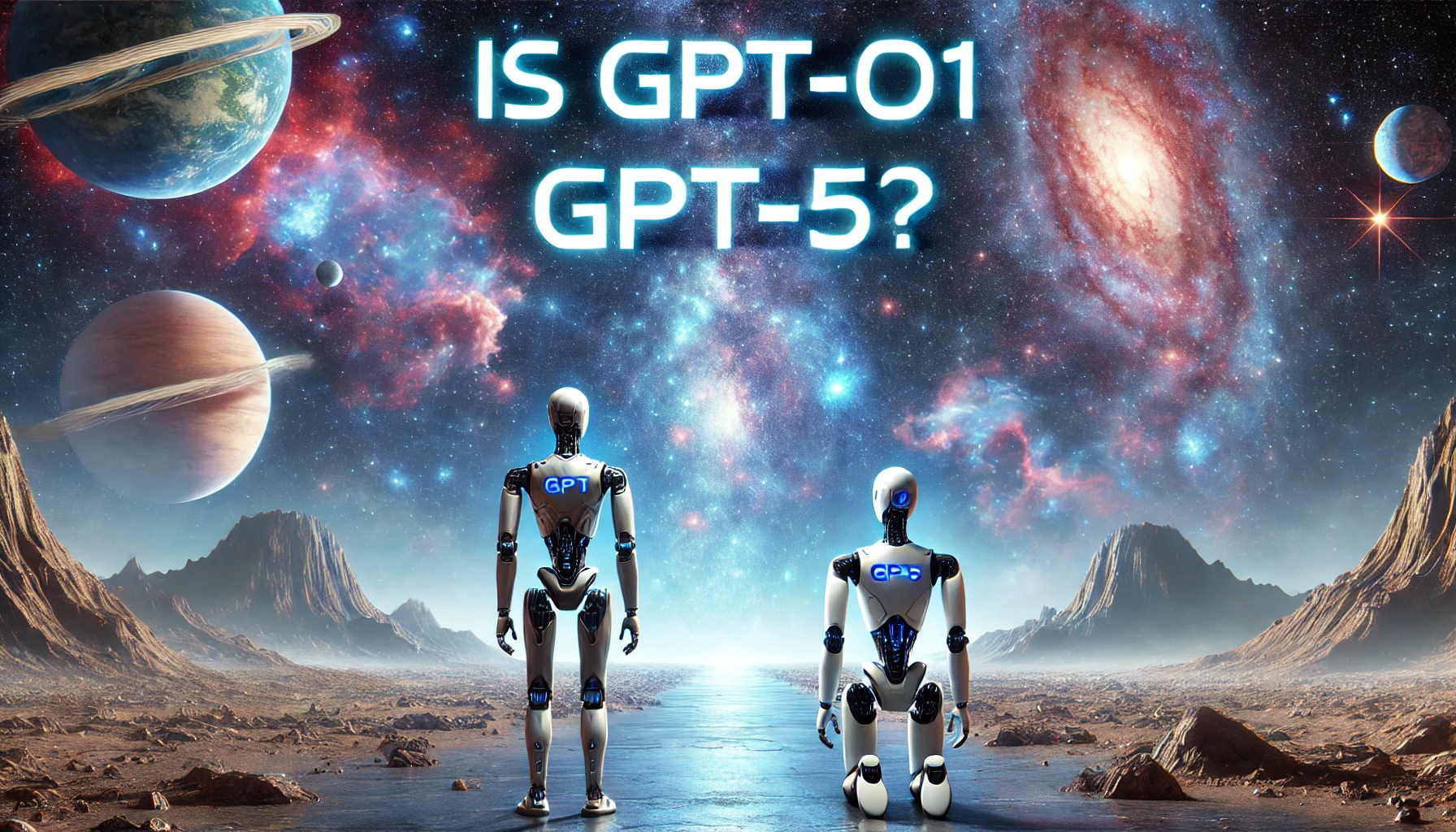Table Of Content
The release of OpenAI’s GPT-o1 has stirred curiosity, with many wondering if it’s actually the long-awaited GPT-5 in disguise. However, these two models belong to different families, and although they share some underlying advancements, they serve distinct purposes. Let’s break down what these models are, and whether GPT-o1 is a sneak peek of GPT-5.
What Is GPT-o1?
Released in September 2024, GPT-o1 marks the start of a new line of AI models from OpenAI, focused on reasoning and problem-solving capabilities. Designed to excel in areas requiring complex thought, such as programming, science, and mathematical reasoning, GPT-o1 differs from its predecessors by dedicating more time to think before responding. This extra processing time allows it to handle complex problems that earlier models might have struggled with. Two variations, o1-preview and o1-mini, have been launched, both aimed at enhancing users’ ability to tackle sophisticated tasks like debugging code or solving advanced mathematical problems
Despite these strengths, GPT-o1 is still in its early stages and lacks some features you might expect, like web browsing and the ability to upload files. Its unique contribution, however, is its “reasoning tokens,” which are used internally by the model to process information more deeply
What Is GPT-5?
GPT-5 is rumored to be the next big leap in OpenAI’s GPT series, which started with GPT-1 and has evolved to GPT-4. Each iteration has pushed the boundaries of what AI can do, improving language generation, comprehension, and multimodal capabilities (handling text, images, etc.). While there’s a lot of excitement surrounding GPT-5, it hasn’t been officially released yet. Speculation suggests it will further improve on tasks like text generation, summarization, and multimodal integration. However, the specifics of its features remain unclear
Are GPT-o1 and GPT-5 the Same?
While GPT-o1 and GPT-5 share some developmental goals, they are not the same model. GPT-o1 focuses heavily on complex reasoning and problem-solving, representing a shift towards specialized AI systems designed for tasks like coding and scientific research. On the other hand, GPT-5 is expected to be a more general-purpose model, building upon GPT-4’s capabilities with broader applications in language generation and multimodal tasks. The confusion likely stems from rumors and the codename “Strawberry,” which was speculated to be an early version of GPT-5 but turned out to be GPT-o1
While GPT-o1 provides a glimpse into OpenAI’s future models, it’s clear that it’s not a direct upgrade to GPT-4 or a sneak preview of GPT-5. Rather, it introduces a new approach to AI with a focus on reasoning and specialized problem-solving.

